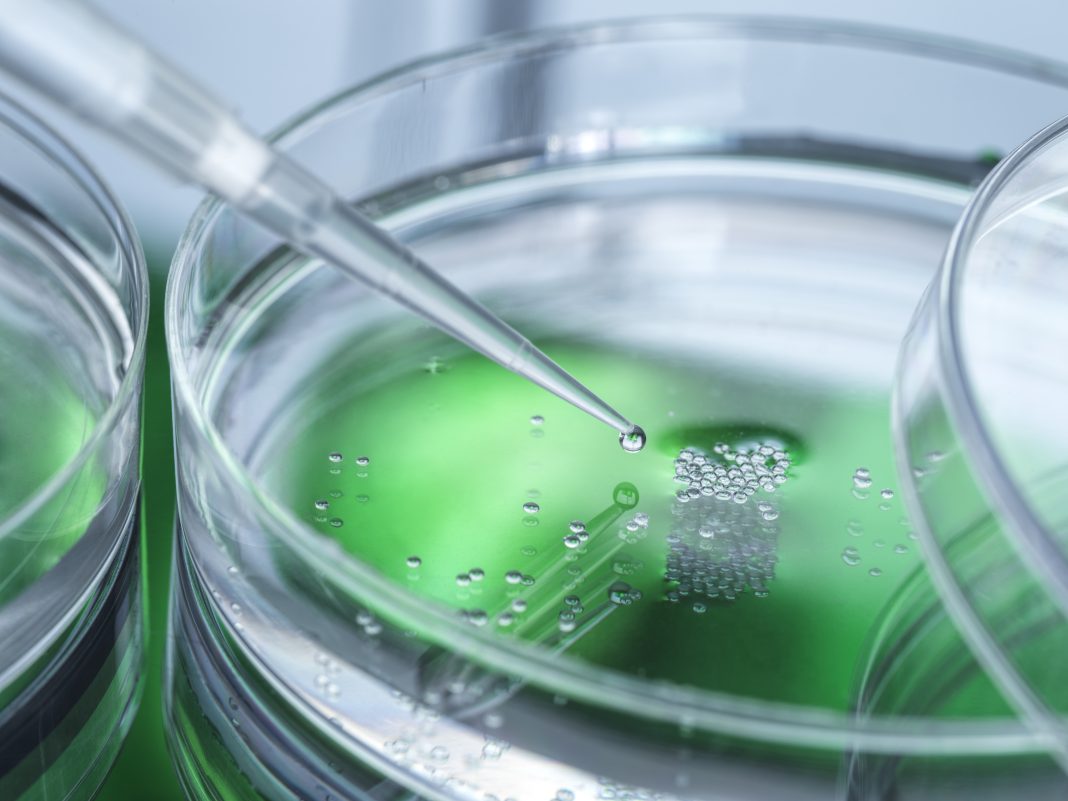Digital tools are allowing drug makers to monitor cell cultures in more detail than ever before, according to Ultragenyx, which says a new visualization technique could be the future of upstream optimization.
The technique in question—which is called digital differential holographic microscopy—is an in-line process analytical approach (PAT) that is used to visually monitor cell morphology and physiology. In contrast with other microscopy methods, information from the object being assessed—in this case cells in suspension culture—is recorded and reconstructed on a computer in real time. And real-time cell culture monitoring offers manufacturers real potential benefits.
And real-time cell culture monitoring offers manufacturers real potential benefits, says Jessie Sun, PhD, director of upstream process development at rare disease-focused gene therapy firm, Ultragenyx.
“While other PAT systems for cell culture could be based on spectroscopy, this is a microscopic technology,” Sun tells GEN. “The advantage of using this system is we can understand, from process to process, much more about cellular characteristics including aggregation, size, infection, and potentially transfection.”
Cell status
The ability to gather more detailed information about cells in culture from a process can have a significant impact on decision making on the factory floor, according to Sun, who adds that “this technology can be used to monitor the cell status and can signal when to make process decisions, giving us better control over certain parameters like harvest time. The ability to compare cell morphology and physiology from process to process also gives us an indication of process robustness—even before offline analytical results.”
At present, Ultragenyx uses digital differential holographic microscopy to analyze human embryonic kidney cells (HEK) it uses to produce the viral vectors. The approach is also used to monitor producer cell lines (PCL) from the firm’s Pinnacle PCL platform.
From a technology standpoint, the approach is straightforward for companies seeking to adopt the technique, notes Sun. However, for the time being at least, the algorithm used to reconstruct image data is for internal projects only.
“This system operates using available instruments, but what’s exciting to me is that we developed our own unique algorithm to enable this holographic microscopy approach,” continues Sun. “While we currently use this system for in-house development processes, we partner with several companies for other aspects of our gene therapy technology and remain open to future partnerships that help us bring more potential treatments to rare disease patients.”


